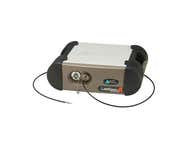
ASD range
Field-portable full-range UV/Vis/NIR/SWIR spectroradiometers and spectromet...
Near-infrared spectroscopy is a highly flexible form of analysis, which can be applied to a broad range of research and industrial process applications
Near-infrared (NIR) spectroscopy is a highly flexible form of analysis, which can be applied to a broad range of research and industrial process applications. Long a staple technology in remote sensing, NIR spectroscopy has become popular within industrial markets as a cost-effective tool for measuring materials to optimize processes and manage costs.
NIR spectroscopy is a method that makes use of the near-infrared region of the electromagnetic spectrum (from about 700 to 2500 nanometers). By measuring light scattered off of and through a sample, NIR reflectance spectra can be used to quickly determine a material’s properties without altering the sample.
NIR converts measured data into actionable information to help optimize processes or improve research. Capable of examining irregular surfaces with the same ease as a carefully prepared sample, NIR is non-destructive, and requires little or no sample preparation. It can also be used to analyze multiple constituents in a single scan.
Malvern Panalytical is proud to offer a comprehensive range of Near-Infrared (NIR) spectroscopy instruments, including our renowned ASD range and the new SciAps reveNIR (acquired in 2024). Together, these instruments expand the possibilities of NIR spectroscopy across diverse industries, from laboratory analysis to field-based testing.

Field-portable full-range UV/Vis/NIR/SWIR spectroradiometers and spectromet...
The ASD range is a trusted name in NIR spectroscopy, known for its high-performance analytical capabilities.
Featuring advanced technology, the ASD instruments provide accurate, reliable data for both qualitative and quantitative analysis. They are used in a wide variety of applications, from agriculture and food quality control to environmental monitoring and materials science.
With customizable configurations, the ASD range is designed to meet the unique needs of your industry.
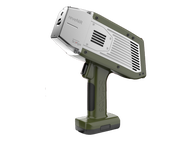
The lightest and fasted handheld VIS-NIR on the market
The SciAps reveNIR, now part of Malvern Panalytical following the acquisition of SciAps, brings the power of NIR spectroscopy to the field in a portable, handheld form.
This rugged, easy-to-use device offers fast, on-site analysis of materials such as minerals, chemicals, and pharmaceuticals. Whether in the lab or the field, the SciAps reveNIR delivers quick results with no sample preparation, ensuring that users can make informed decisions in real-time.
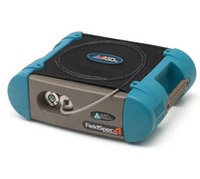
ASD FieldSpec rangeThe Gold Standard in Field Spectroradiometers |
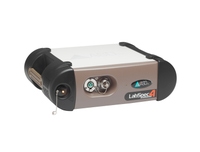
ASD LabSpec rangeLaboratory Instrumentation for Qualitative and Quantitative Materials Analysis |
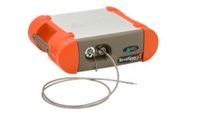
ASD TerraSpec rangePortable & handheld VNIR analyzers for mineral exploration and ore analysis |
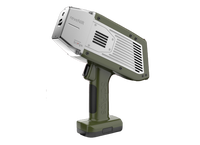
SciAps reveNIRThe lightest and fasted handheld VIS-NIR on the market |
|
|---|---|---|---|---|
| Measurement type | ||||
| Remote sensing | ||||
| Molecular structure | ||||
| Accuracy | Spectral performance | Spectral performance | Spectral performance | |
| Technology | ||||
| Near-infrared Spectroscopy (NIR) | ||||